Easy guitar theory: 3 steps to learn the major scale
An essential scale and a key building block
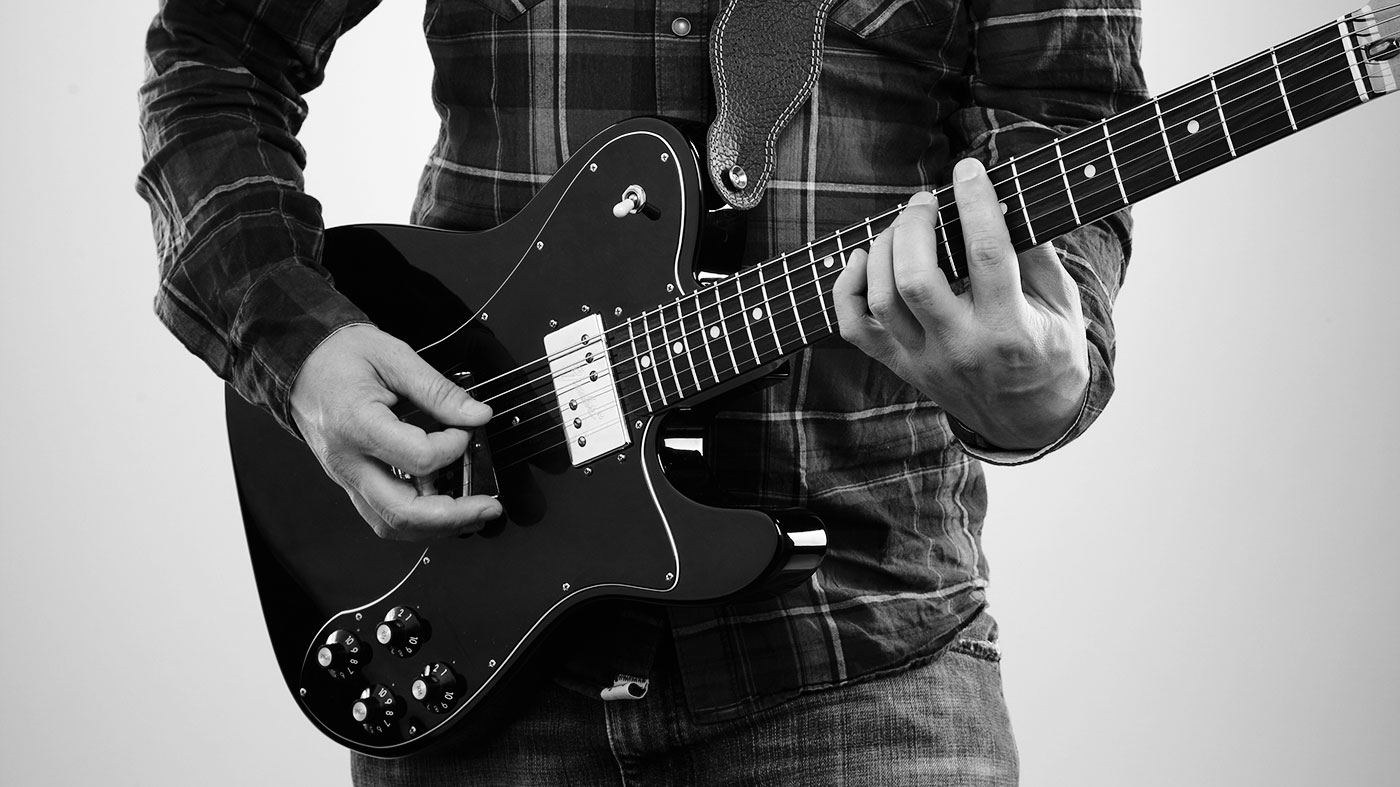
All the theory you need to learn, none of the boring stuff you don't. We start with the most common scale of all…
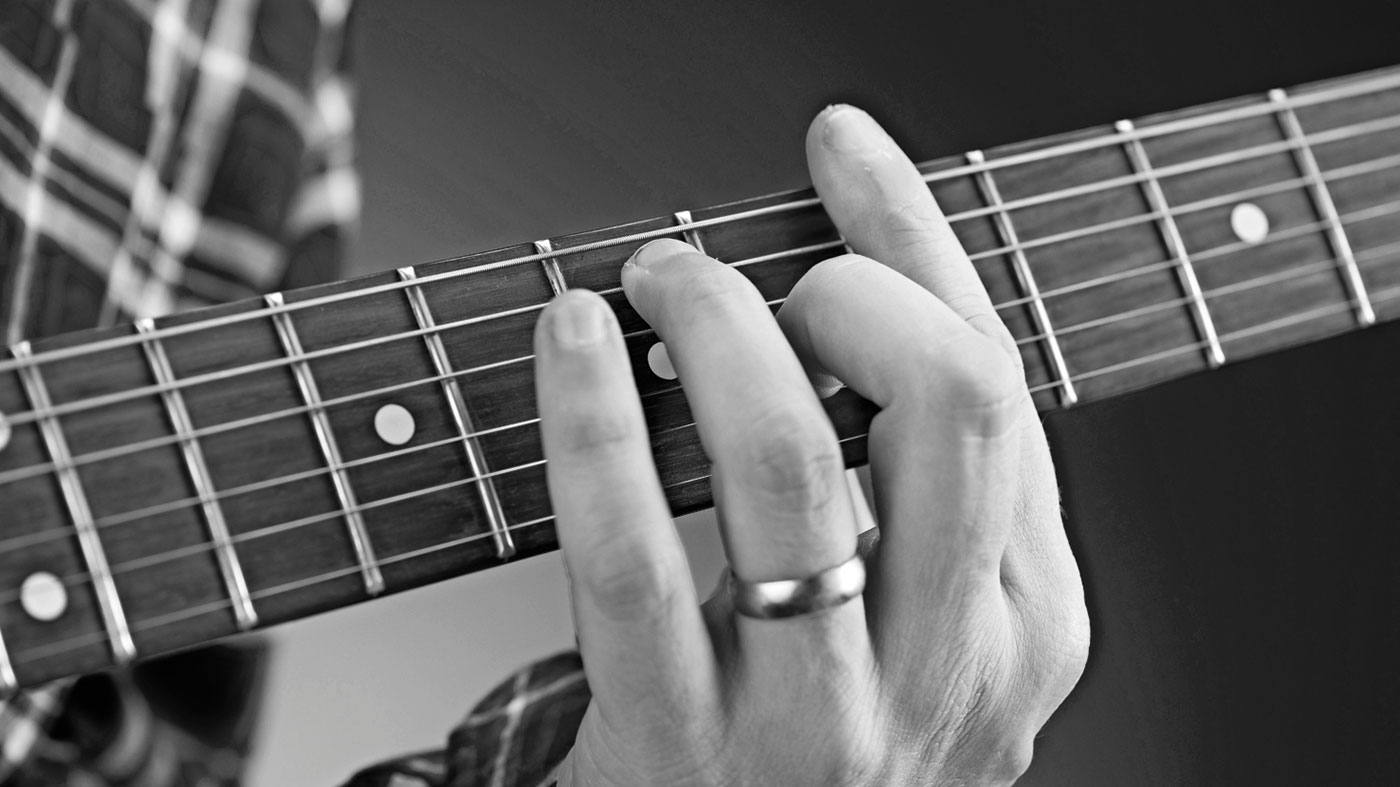
If you only ever learn one scale, then it has to be the major scale. If you know how this one works then you open the door to understanding how chords are built, what chord names mean, how scales and modes work, and more.
The bottom line? You’ll become a better player as you understand how music is made.
Read on to get some major scale basics down, then try out our tab examples - all played in a guitarist-friendly scale shape. Next month, we’ll look at how the scale applies to some easy chords.
Three steps to learn the major scale…
1. There are eight notes
C major is the easiest major scale to learn because it has no sharp or flat notes. The notes in the C major scale are:
C D E F G A B C
2. Learn the scale on the fretboard
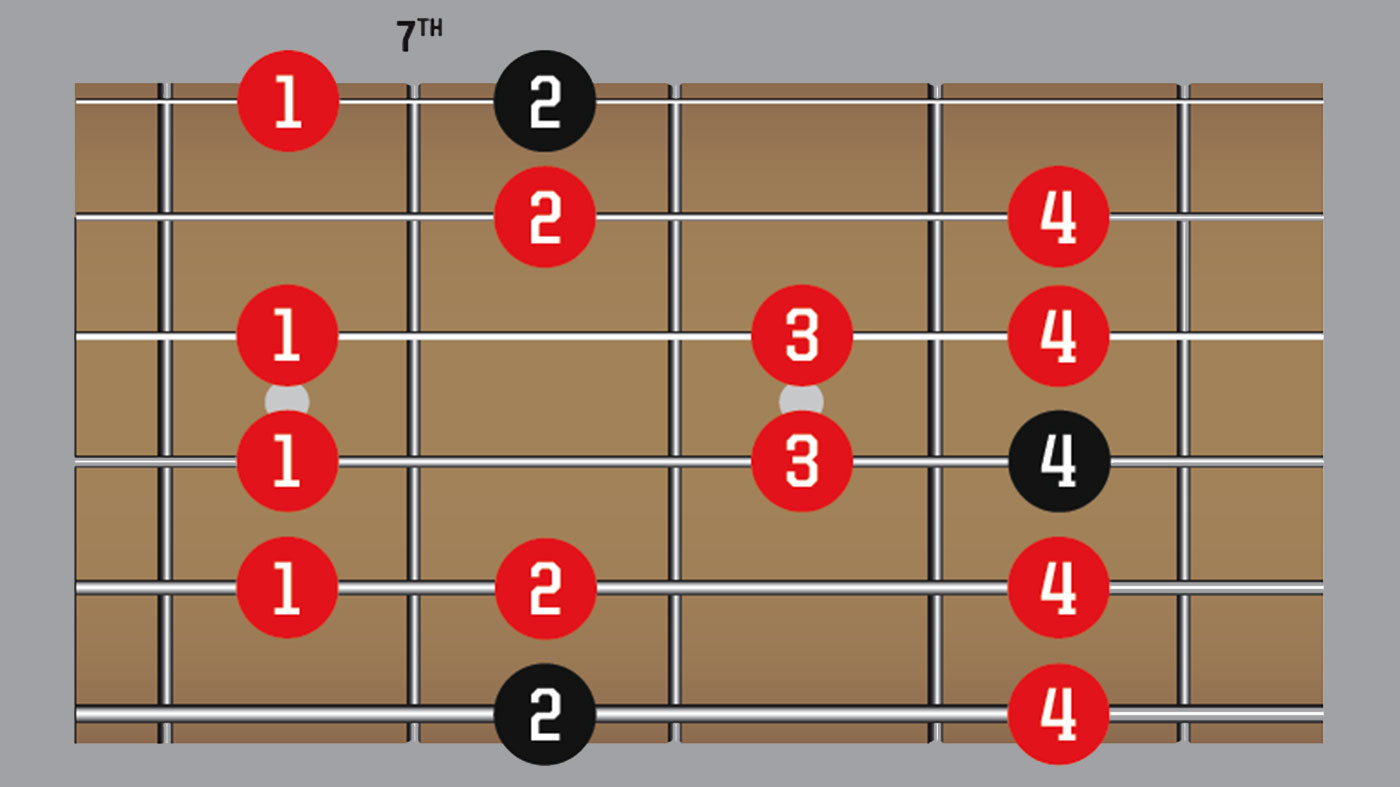
There are two octaves of the C major scale in the shape shown here and the dots correspond to the eight notes of the scale. The numbers tell you which fingers to use. Black dots are root notes.
3. Learn the gaps between notes
Memorise how big the gaps between the notes are on the fretboard by counting the number of frets between each note:
Get the MusicRadar Newsletter
Want all the hottest music and gear news, reviews, deals, features and more, direct to your inbox? Sign up here.
C - 2 frets - D - 2 frets - E - 1 fret - F - 2 frets - G - 2 frets - A - 2 frets - B - 1 fret - C
You might well already know that the word ‘tone’ means a two-fret gap. What this means is you can memorise the pattern of the major scale as: tone, tone, semitone, tone, tone, tone, semitone, or TTSTTTS for short. Can you see the pattern?
Further study
1. Move the scale to different keys
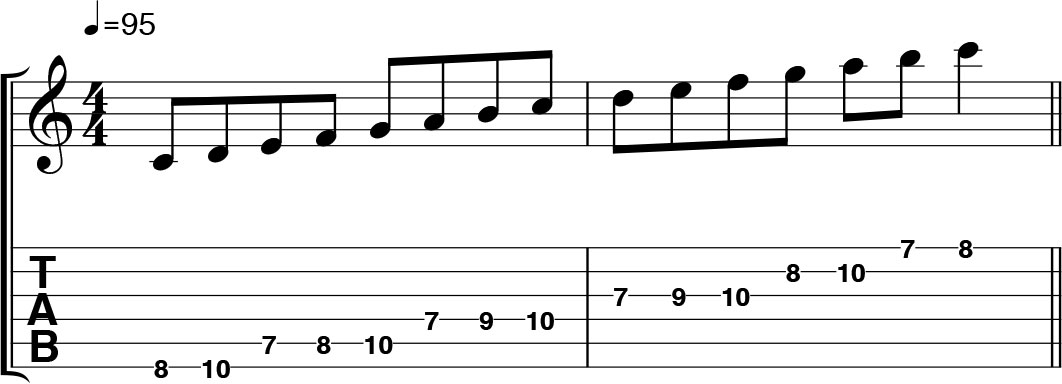
Play the scale as tabbed, then move the whole scale down the fretboard so you start on the 4th fret (Ab major), then the 6th fret (Bb major) , as we've done on our audio track.
2. Start on a different root note

Notes: Play one octave of the scale starting on C (so you get C D E F G A B C), then do the same starting on D (D E F G A B C D), then on E (E F G A B C D E), and just keep going.
3. Skip a note, skip a note, skip two notes
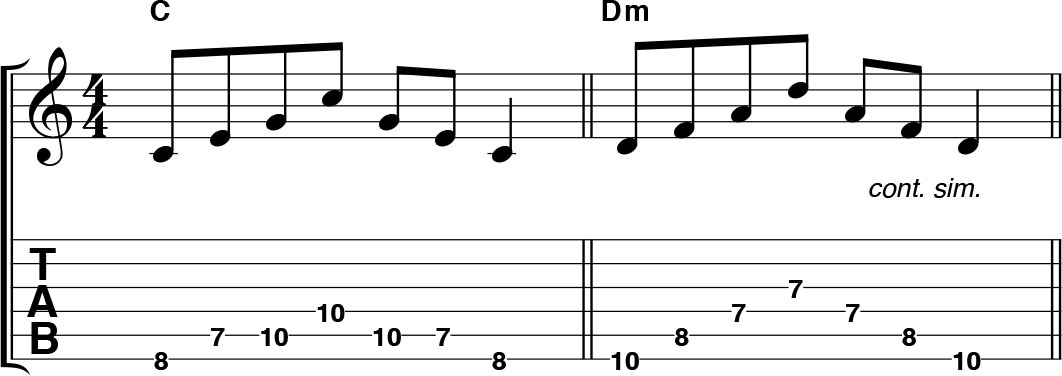
Play a C root note, then E, G and finally the next C note. Going up and down through the notes gives you: C E G C G E C. Repeat the pattern with D, F, A and D, then E, G, B and E, and so on.
Total Guitar is Europe's best-selling guitar magazine.
Every month we feature interviews with the biggest names and hottest new acts in guitar land, plus Guest Lessons from the stars.
Finally, our Rocked & Rated section is the place to go for reviews, round-ups and help setting up your guitars and gear.
Subscribe: http://bit.ly/totalguitar











